What is the 80/20 Diet Rule?
The 80/20 rule is a healthy, less-restrictive plan for eating that doesn't feel like a diet. See how it's more "real-life"—including healthy foods and indulgences in moderation.

By April Schetler, MS, RD, FAND, Registered Dietitian, AVP, Community Health Engagement
Diets. Ugh. They’re either too complicated or too restrictive—or both. We’ve all been there: trying to follow a strict diet plan, counting every calorie, cutting out carbs, calculating points, going keto, and ultimately, giving up all the things we actually enjoy. Enter the 80/20 diet rule—a refreshing approach that lets you eat healthy most of the time but still enjoy the occasional treat. No counting, no guilt—just balance. Here's everything you need to know about this nutritional plan:
What is the 80/20 rule for eating?
The 80/20 rule is super simple: you focus on eating healthy foods 80% of the time and allow yourself to indulge in not-so-healthy foods for the remaining 20%. It’s all about striking a balance—getting your body the nutrition it needs while still enjoying your favorite treats without feeling guilty.
What foods are considered “healthy foods” in the 80/20 rule?
When we talk about "healthy foods" in the 80/20 rule, we mean whole, unprocessed foods—think fruits, veggies, lean proteins, whole grains, and healthy fats. These foods provide the nutrients you need to stay energized and feel your best. The idea is to make these your go-to choices for most of your meals.
Will the 80/20 rule help me lose weight?
Yes, it can! If you stick to healthy foods for your 80%, you'll naturally be eating fewer processed foods and extra calories. Plus, the 20% indulgence keeps things realistic, so you're more likely to stick with it long-term. You won’t feel deprived, and you’ll still be able to enjoy the foods you love without sabotaging your goals.
How do I keep the 80/20 balance without counting calories?
That's the beauty of this diet—you don’t need to count every calorie or weigh your food with the 80/20 rule. Just try to think of your meals in terms of balance. 80% healthy, whole foods, and 20% for fun, less-nutritious treats. The key is consistency over time, not perfection at every meal. So, if one day you have a pizza, no big deal—just aim to get back on track with your next meal.
Is the 80/20 rule for everyone?
For most people, yes! The 80/20 rule is a great way to find a healthy balance without the stress of extreme dieting. However, if you have specific health needs (like managing diabetes or following a particular eating plan for a fitness goal), this might not be the best fit. But for the average person looking to maintain or improve their health, it’s a pretty simple and effective approach.
For even more nutritional guidance, call 888-847-8823 to make an appointment with a Virtua registered dietitian.
There's So Much More to Explore
Discover expert insights, inspiring stories, health tips, and more by exploring the content below!

HeartTalk Magazine

Healthy Takeout Made Easy: What to Order for Better Nutrition

How Weight-Loss Surgery Can Improve Diabetes, Heart Health, and More

How to Achieve Your Health Goals This Year

Why Weight Loss Plateaus Happen (And What to Do Next)

Are You Eating Too Much Salt? High-Sodium Foods to Watch For

How to Exercise Safely with Asthma: Tips, Triggers, and Rescue Inhaler Use

4 Exercise Tips to Help You Reverse High Blood Pressure

How to Bounce Back From Holiday Overeating

Why on Earth Am I Always So Cold?

The Best and Worst Foods for Acid Reflux

Foods to Enjoy and Avoid for GLP-1 Heartburn

How to Get and Stay Healthy This Fall

How to Reverse Prediabetes and Prevent Type 2 Diabetes

4 Sweet Halloween Tricks for Grown Ups Who have Diabetes

6 Ways to Get More Out of Your Daily Walk

Fall Vegetables: The Health Benefits and Recipes to Try This Season

The Top 10 Foods That Boost Your Brain Health
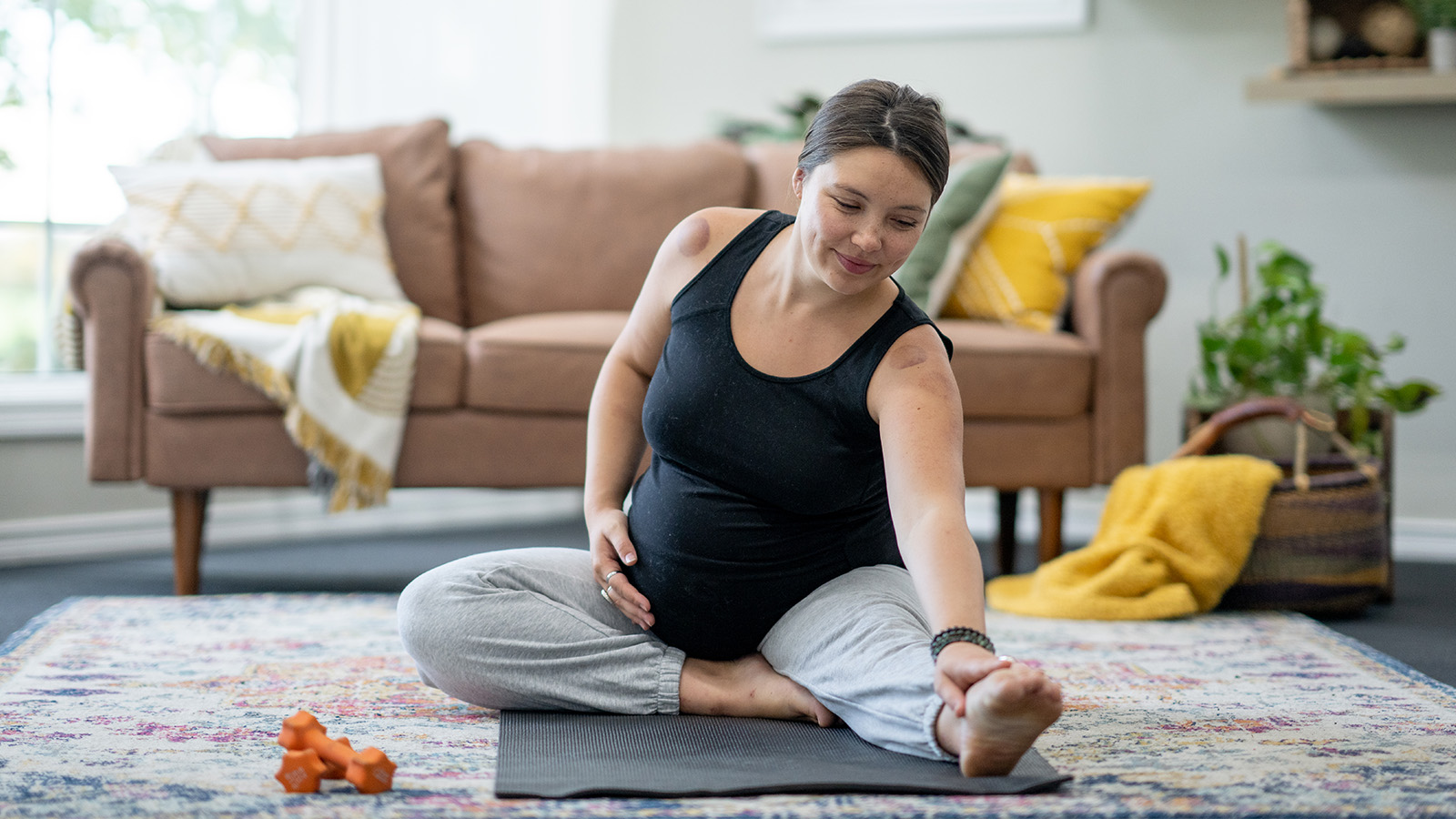
Is It Safe to Exercise During Pregnancy?
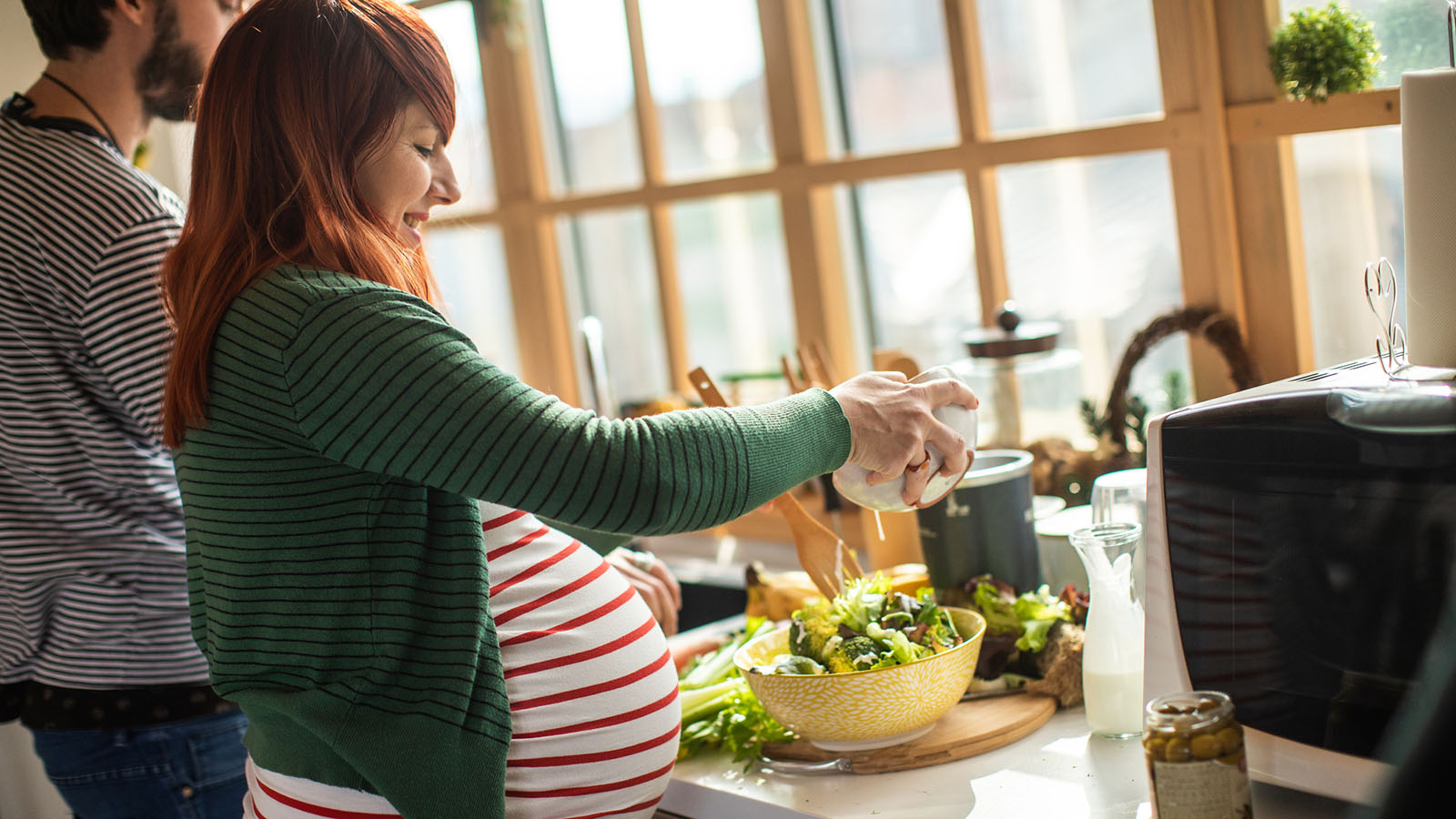
Healthy Weight Gain During Pregnancy: A Guide for Moms-to-Be

How to Curb Nighttime Snack Cravings

Is Your Daily Walk Making You Really Sore?

Focus on Mental Health Is Key Part of Andrew's Weight-Loss Journey

3 South Jersey Farmers Markets You Must Visit This Fall

Easy, Healthy Lunch Ideas for the Beach

5 Best Biking Trails In South Jersey

Why Coffee Makes You Poop: A Comprehensive Guide

4 Surprising Health Truths You Should Know

5 Light and Healthy Recipes Perfect for Spring

4 Ways to Stay Fit and Healthy on a Budget
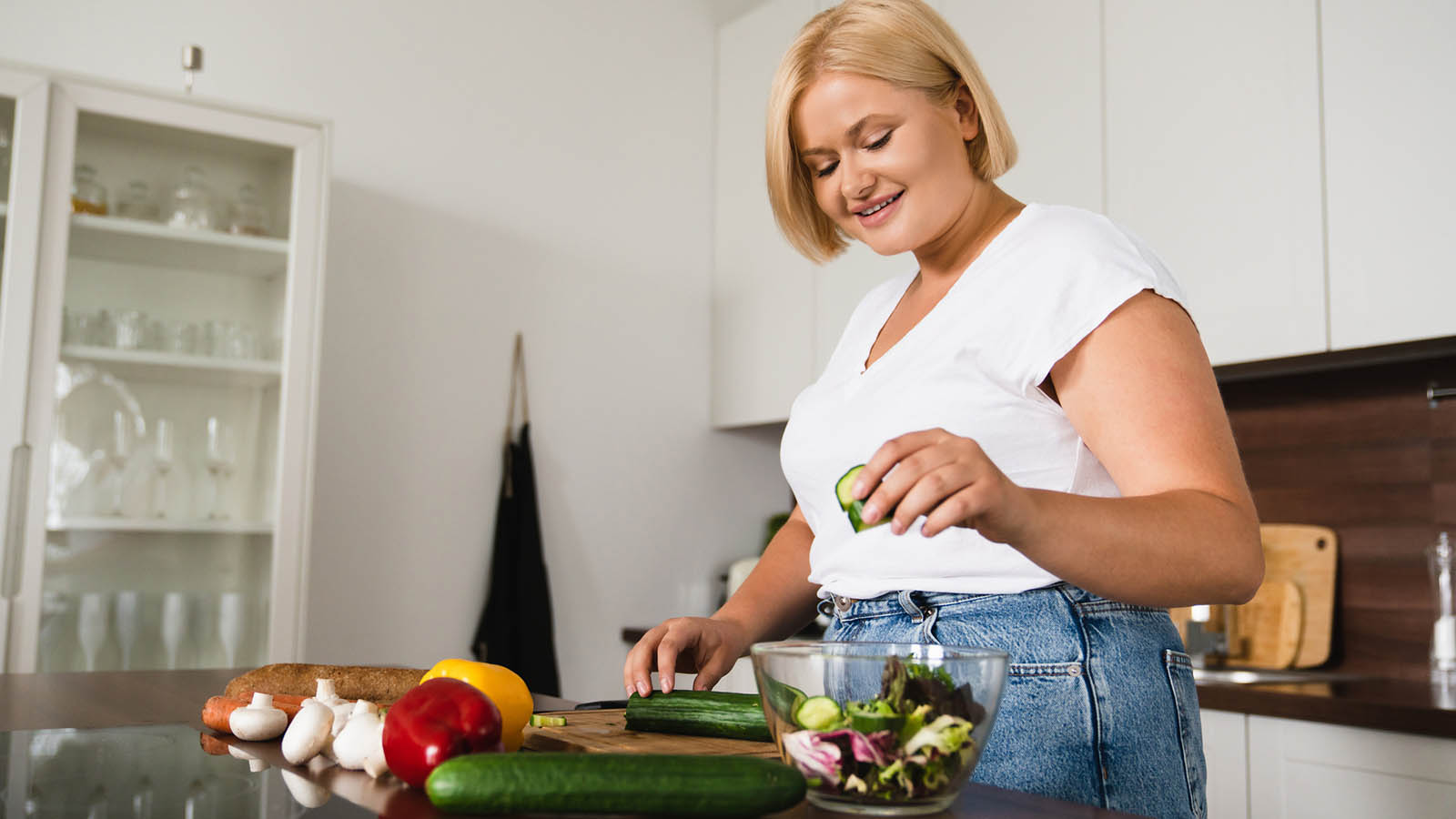
How Do You Manage the Side Effects of Weight-Loss Medications?

Which Weight-Loss Option is Best for Me?

Best Foods for Kidney Health

What Causes Food Addiction And What Are The Signs
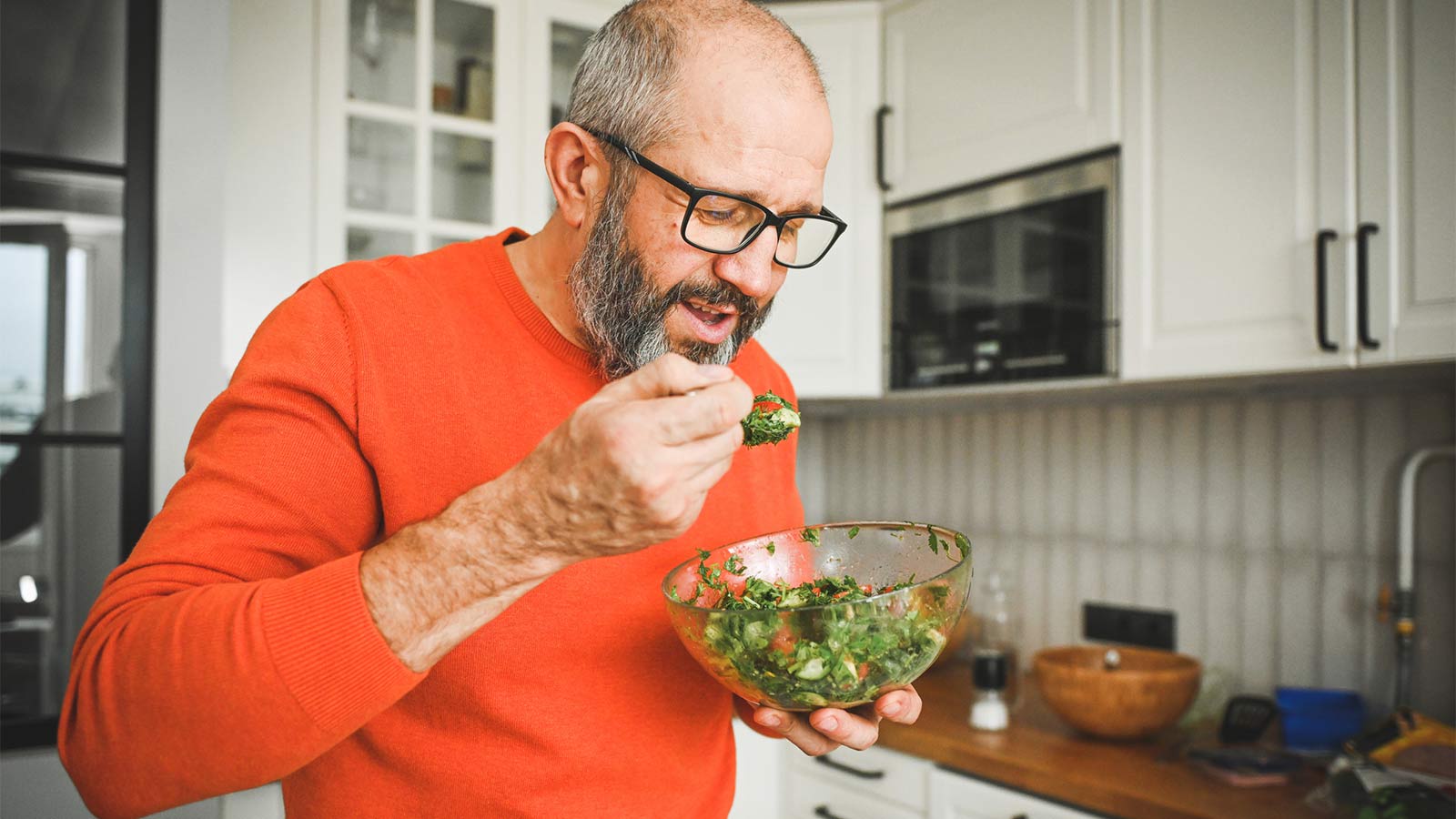
Your 10-Point Plan to Avoid Winter Weight Gain

Gut-Healthy Recipe: Turmeric Chicken With Asparagus
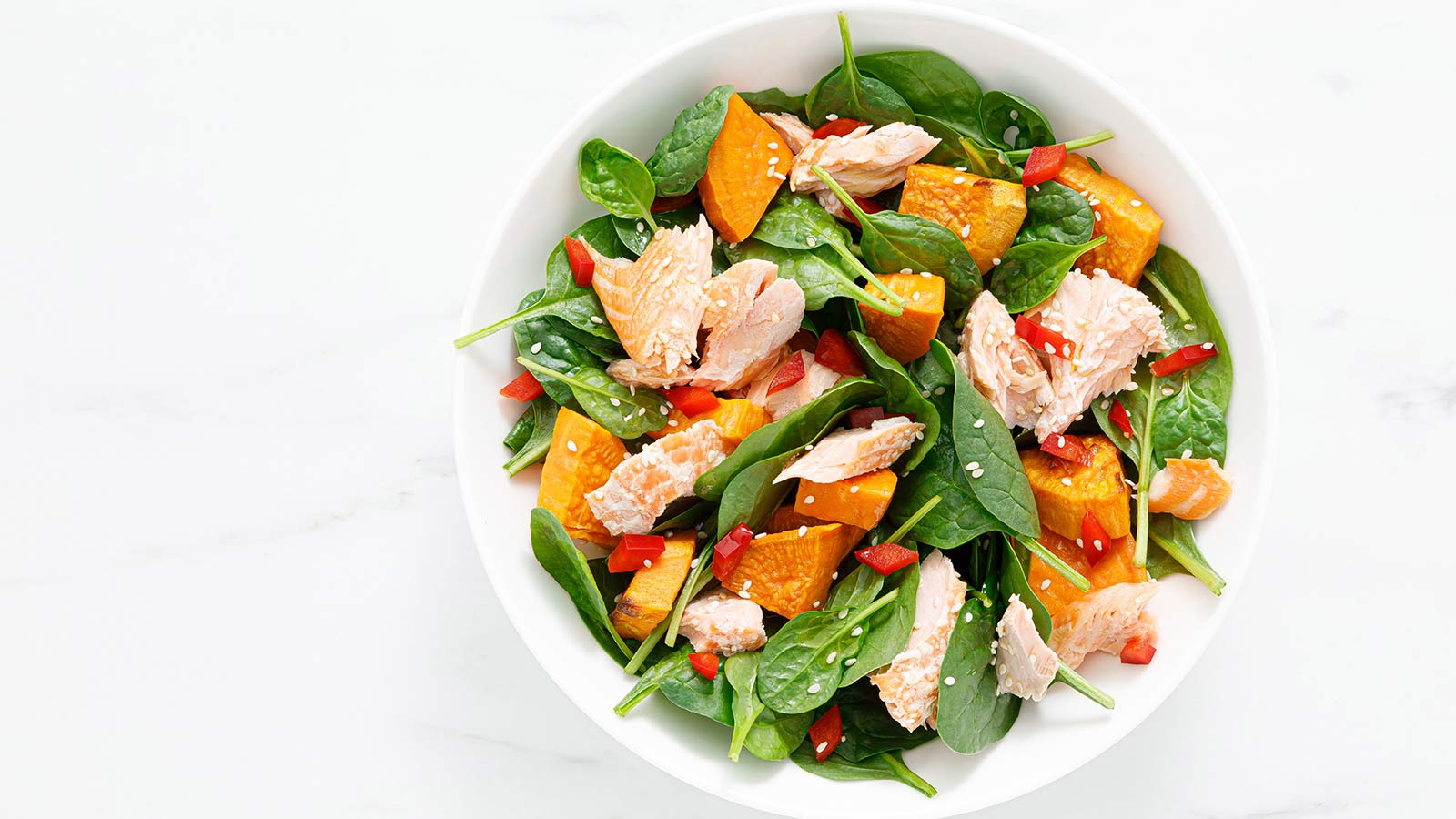
Gut Health Recipe: Chipotle Salmon and Sweet Potato Bowl

5 Back Stretches for the Work-From-Home Workweek

4 Easy Ways to Treat and Prevent Runner's Knee

What is the 80/20 Diet Rule?
Working from Home? Take a Quick Break to Stretch Your Wrists
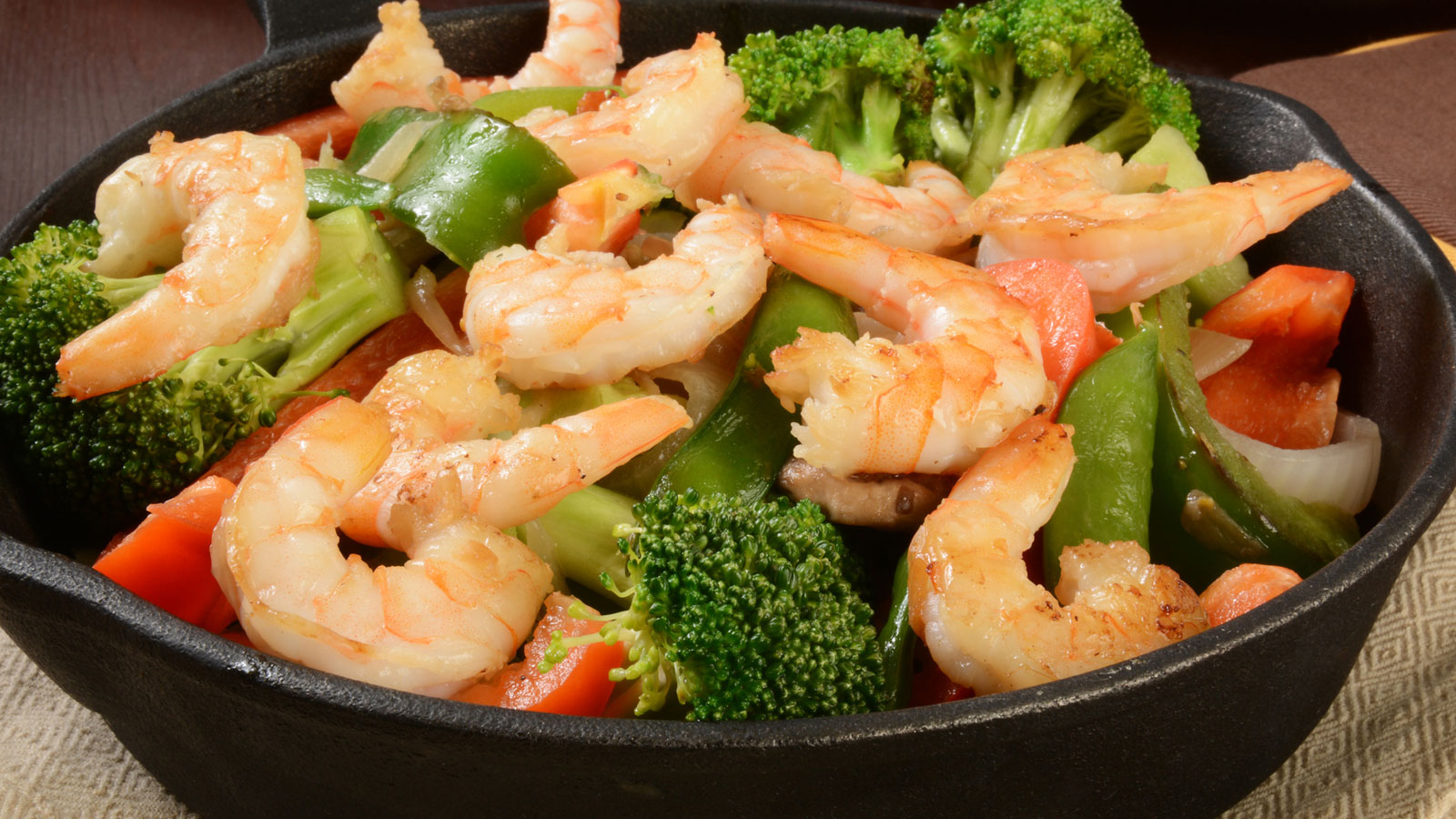
Gut-Health Recipe: Shrimp and Vegetable Stir Fry

Gut-Health Recipe: Berry Yogurt Parfait
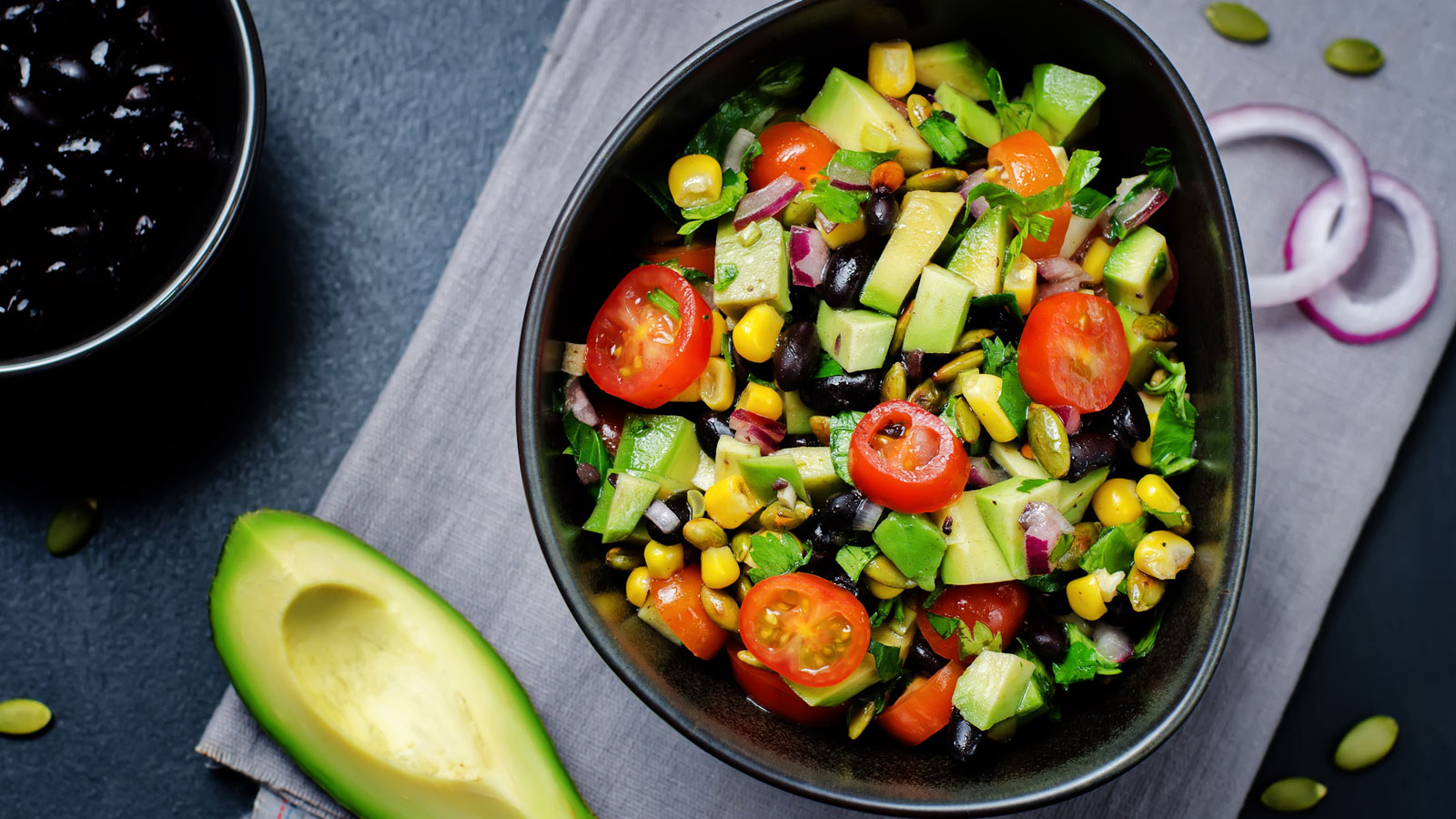
Gut-Health Recipe: Avocado and Black Bean Salad
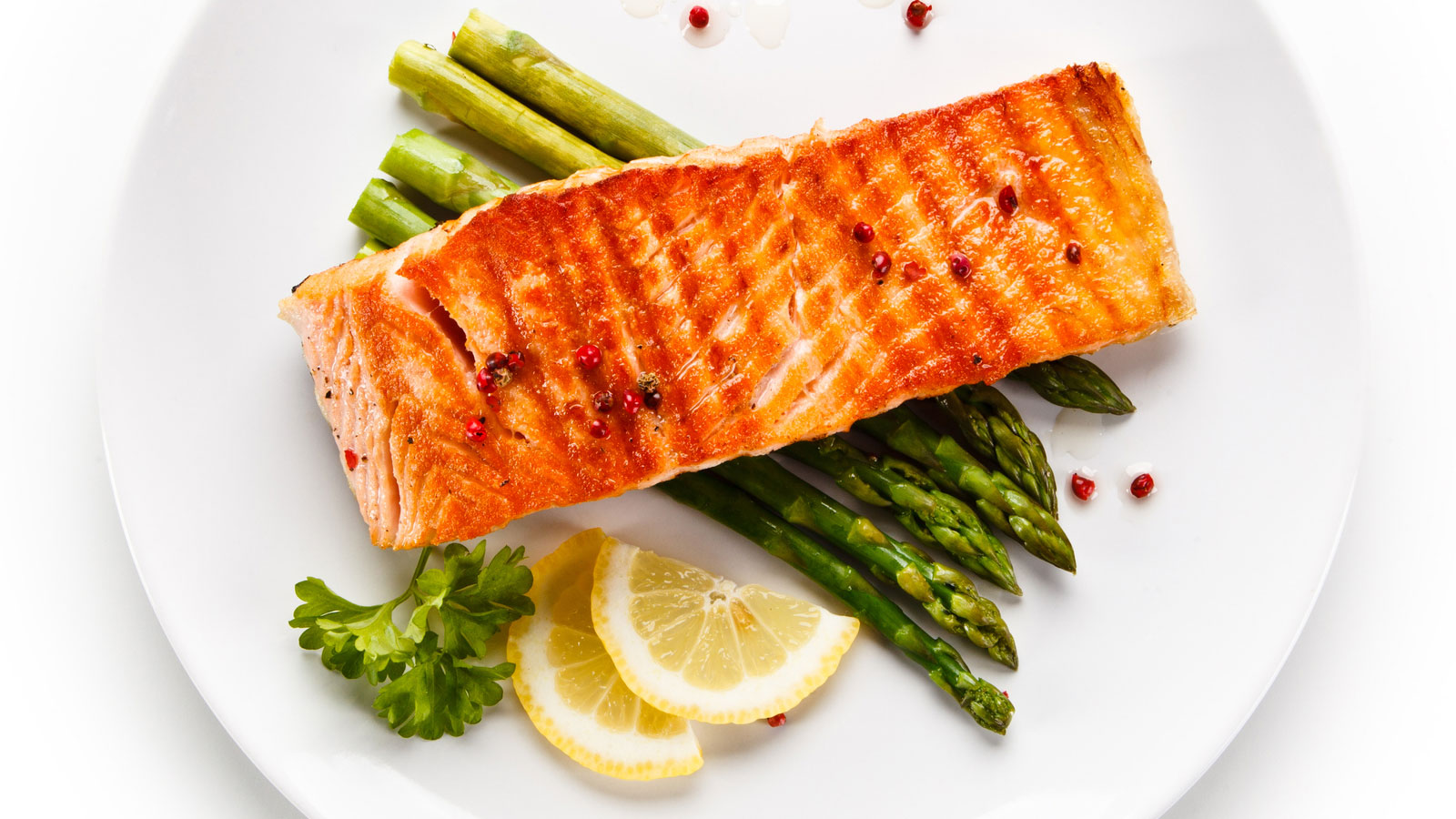
Air Fryer Salmon with Roasted Asparagus

Healthy Gameday Snacks: Buffalo Chicken Dip

Healthy Gameday Snacks: Sheet Pan Nachos
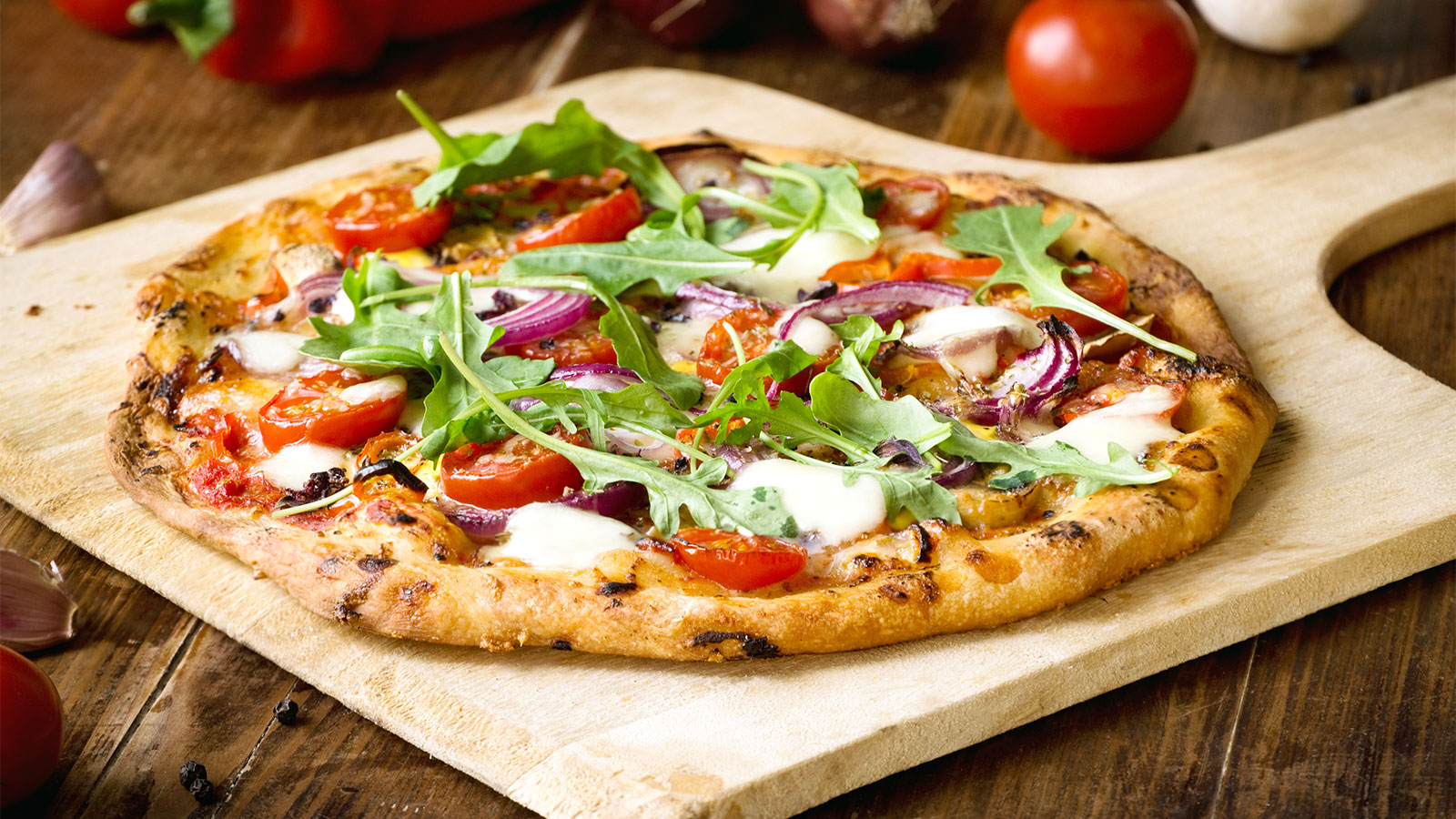
Healthy Gameday Snacks: Healthier Homemade Pizza
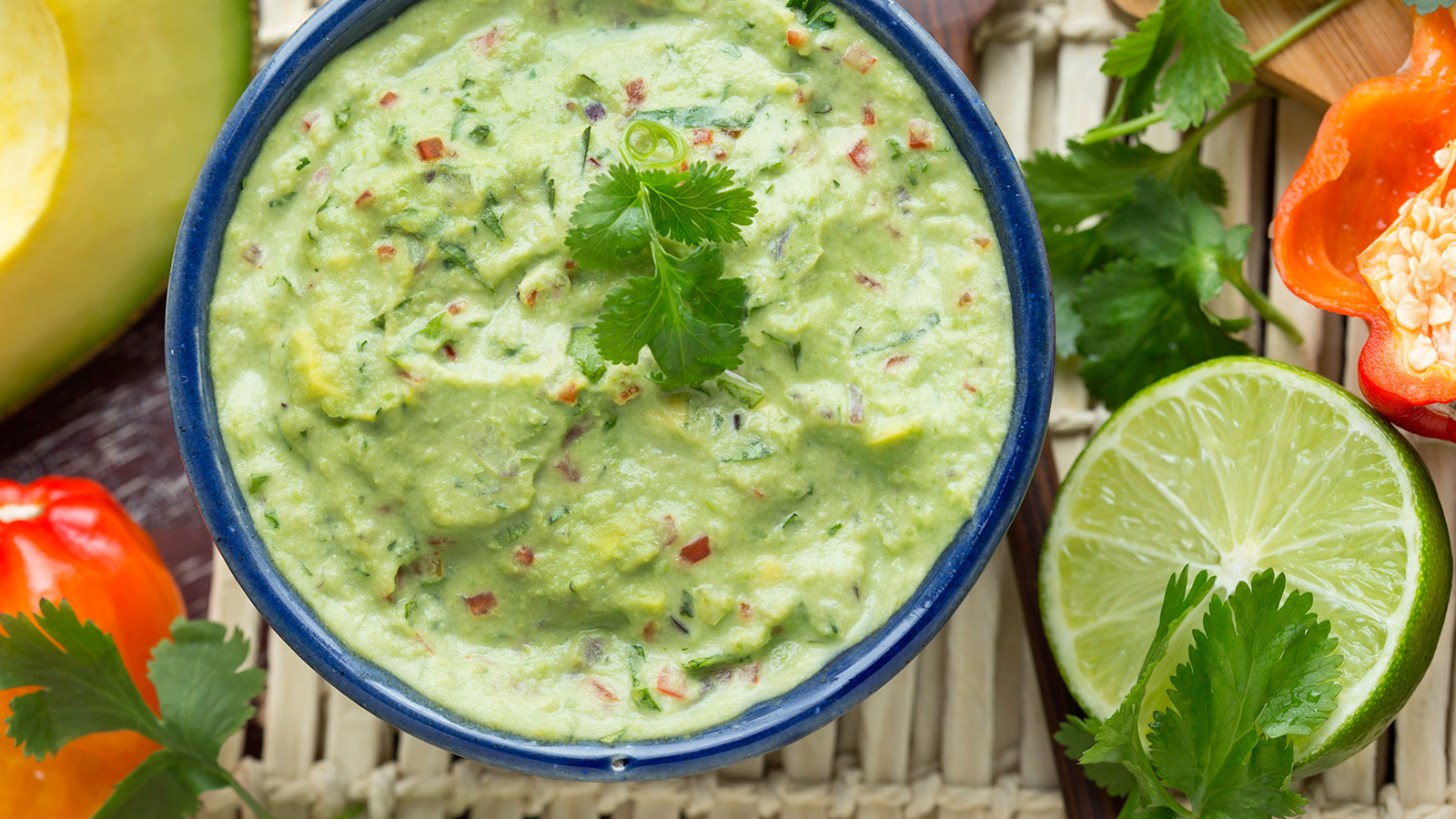
Healthy Gameday Snacks: Healthier Guacamole
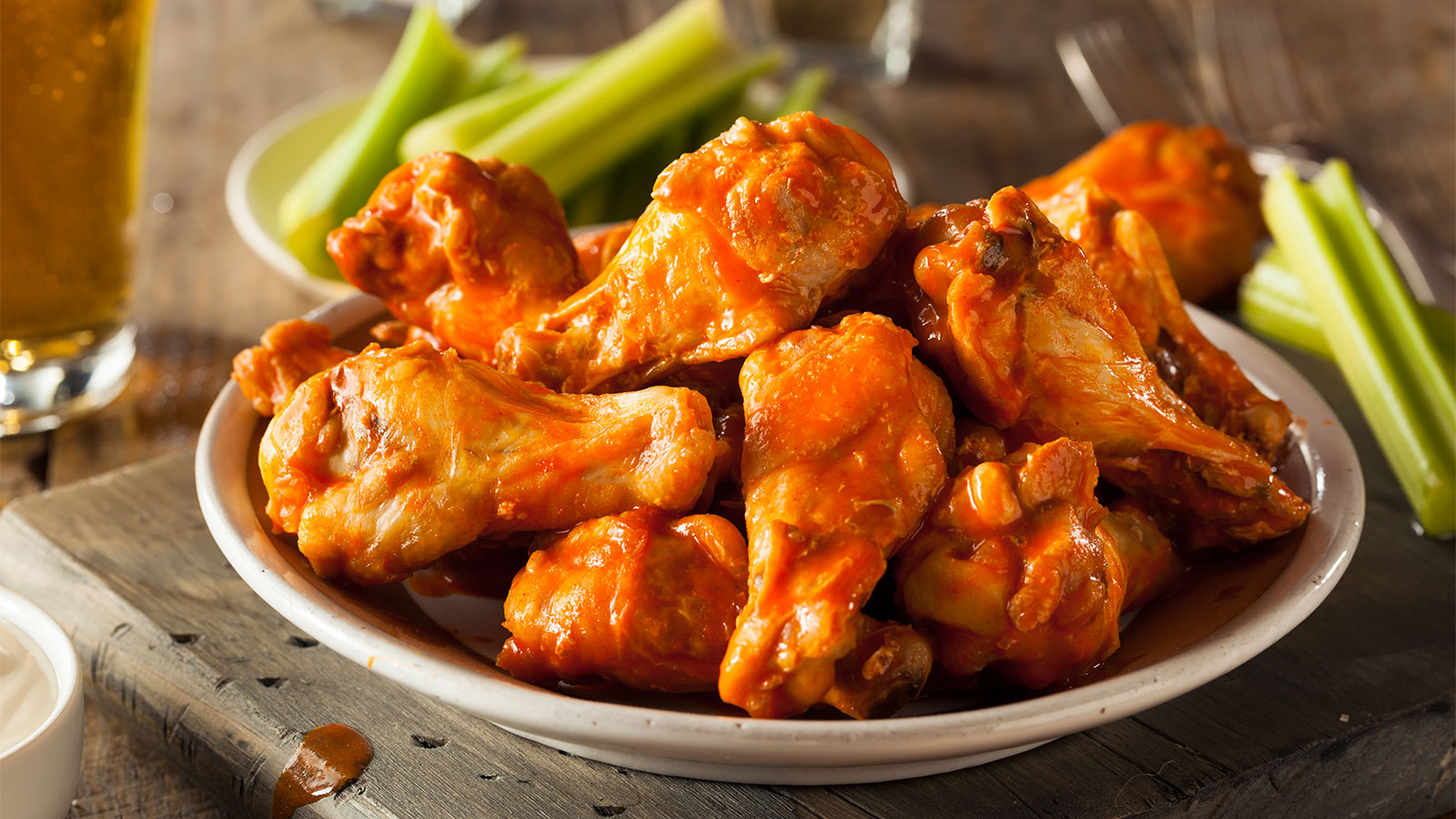
Healthy Gameday Snacks: Air Fryer Buffalo Wings

5 Delicious and Healthy Gameday Snacks
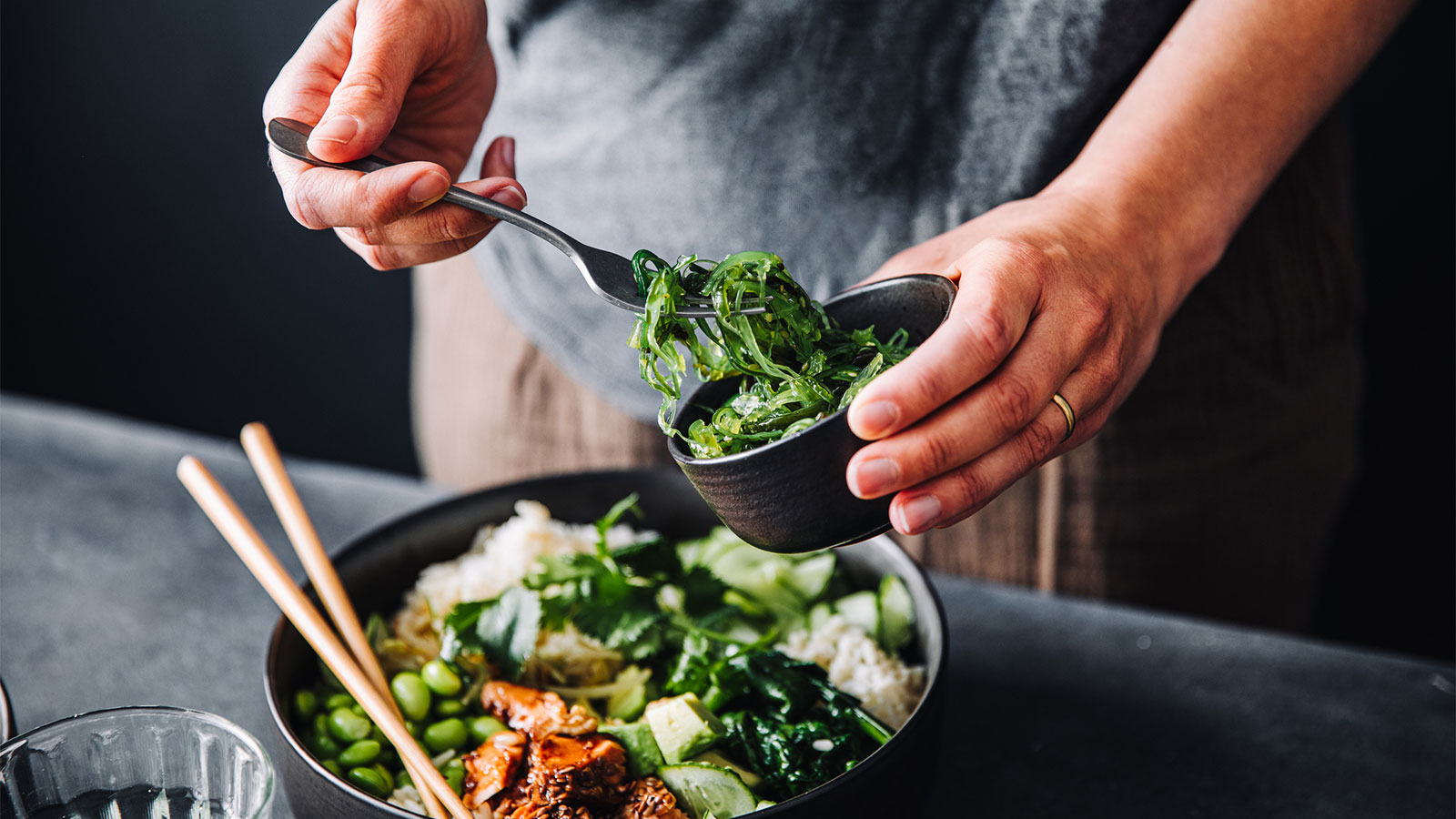
The Top 10 Foods For A Healthy Diabetes Diet
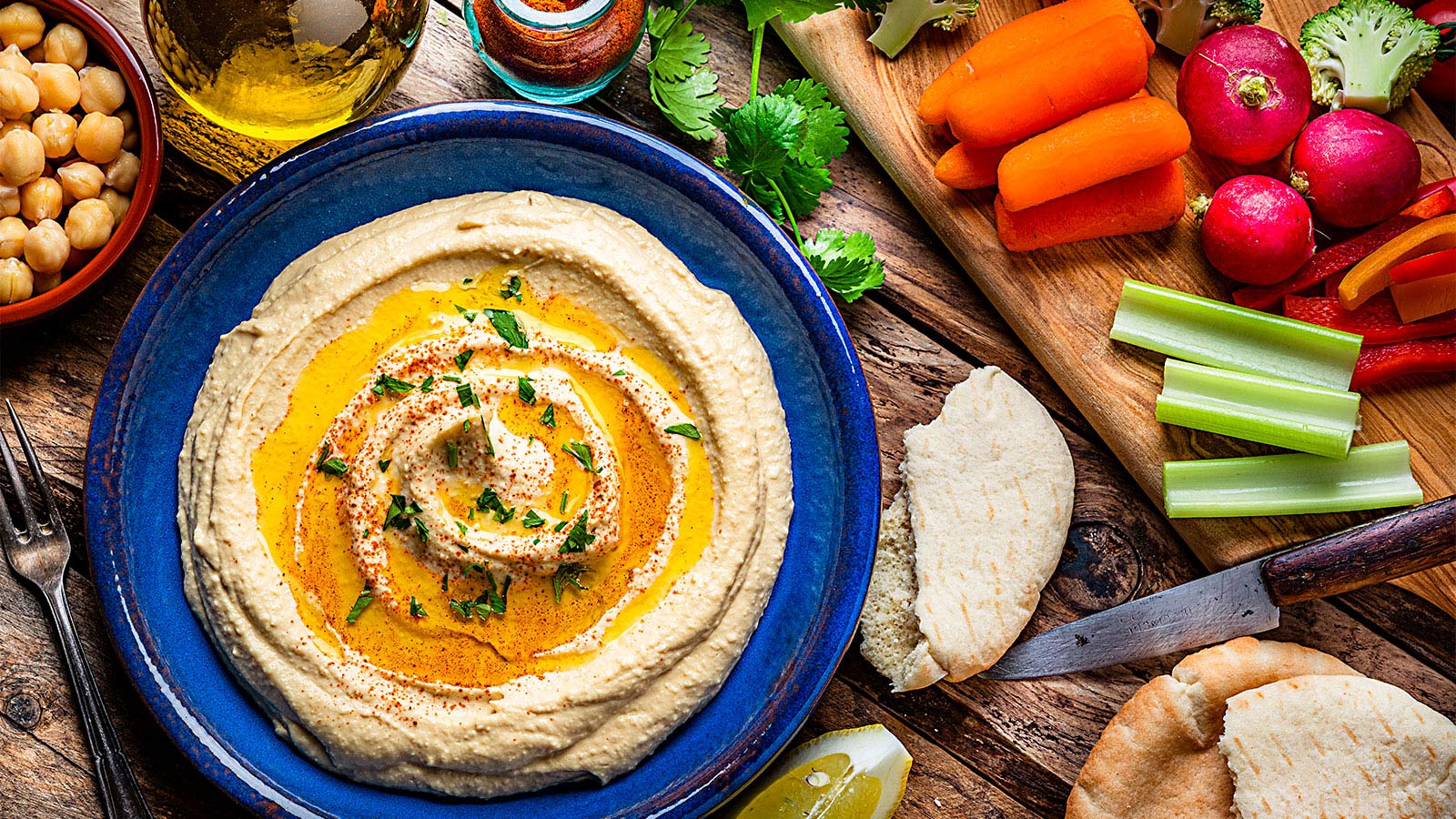
Heart-Healthy Summer Recipe: Hummus and Veggies

4 Delicious Heart-Healthy Recipes Perfect for Summer

Heart Healthy Summer Recipe: Dessert Parfait
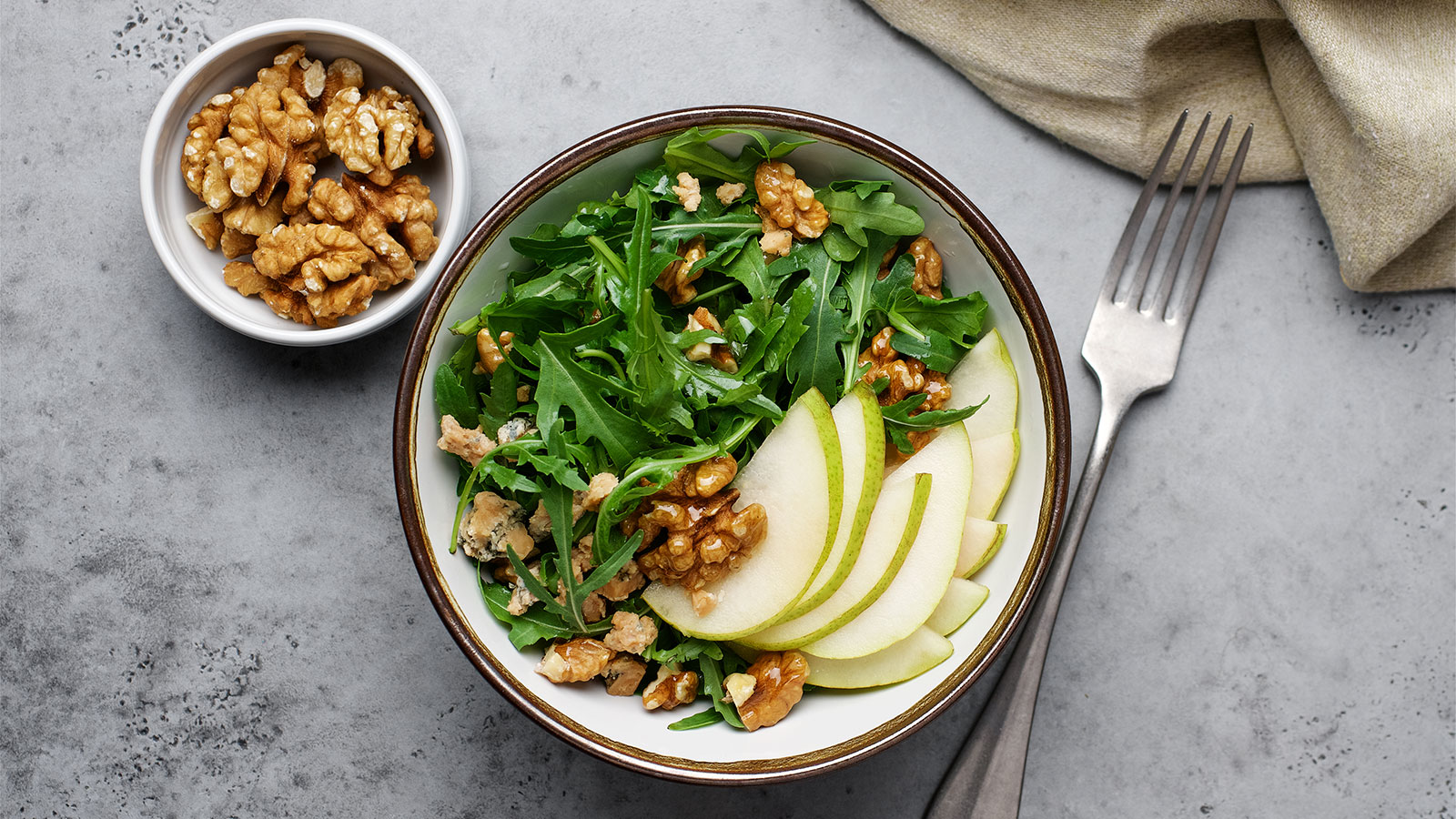
Heart-Healthy Summer Recipe: Pear and Walnut Salad
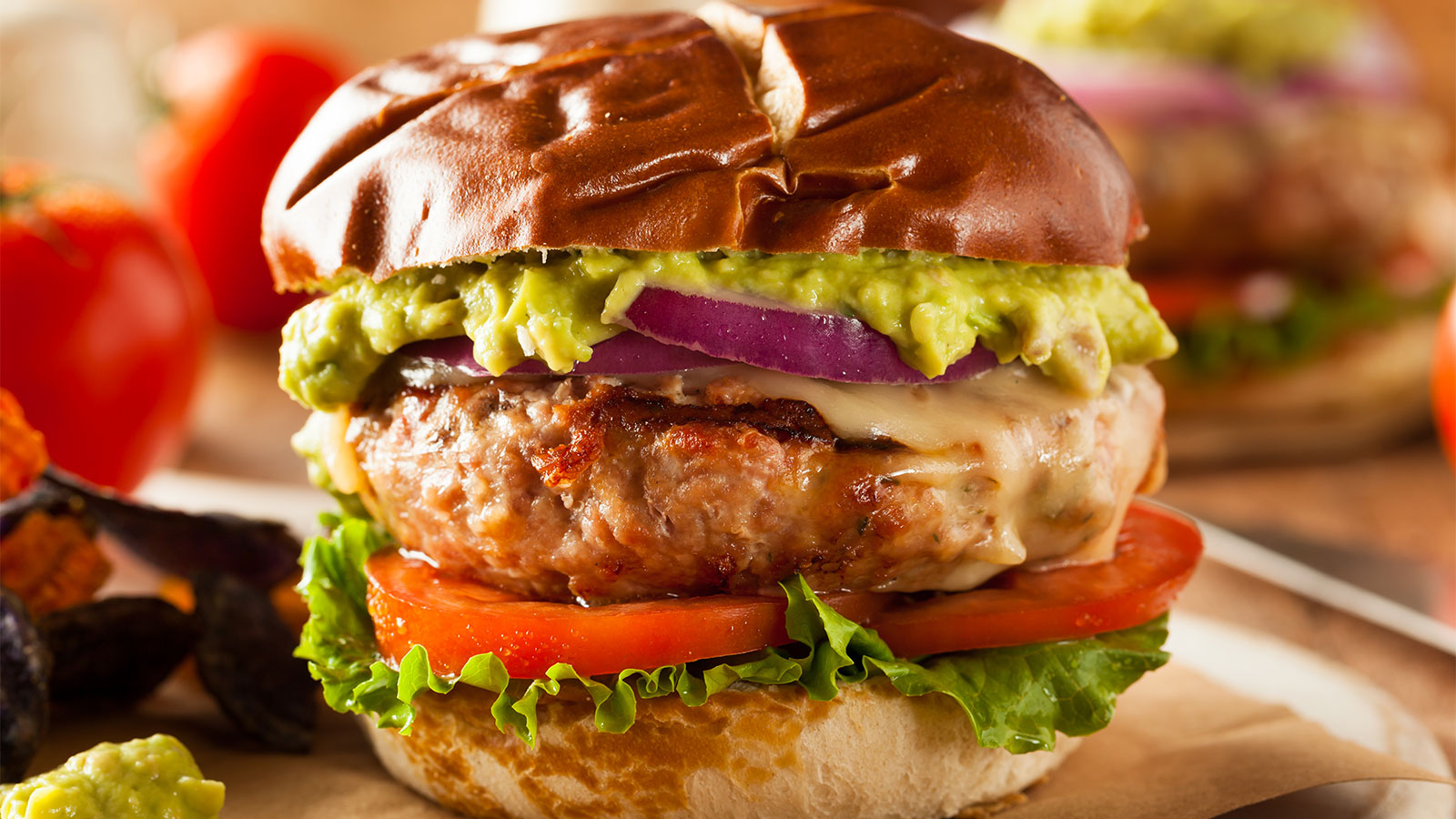
Heart-Healthy Summer Recipe: Terrific Turkey Burgers
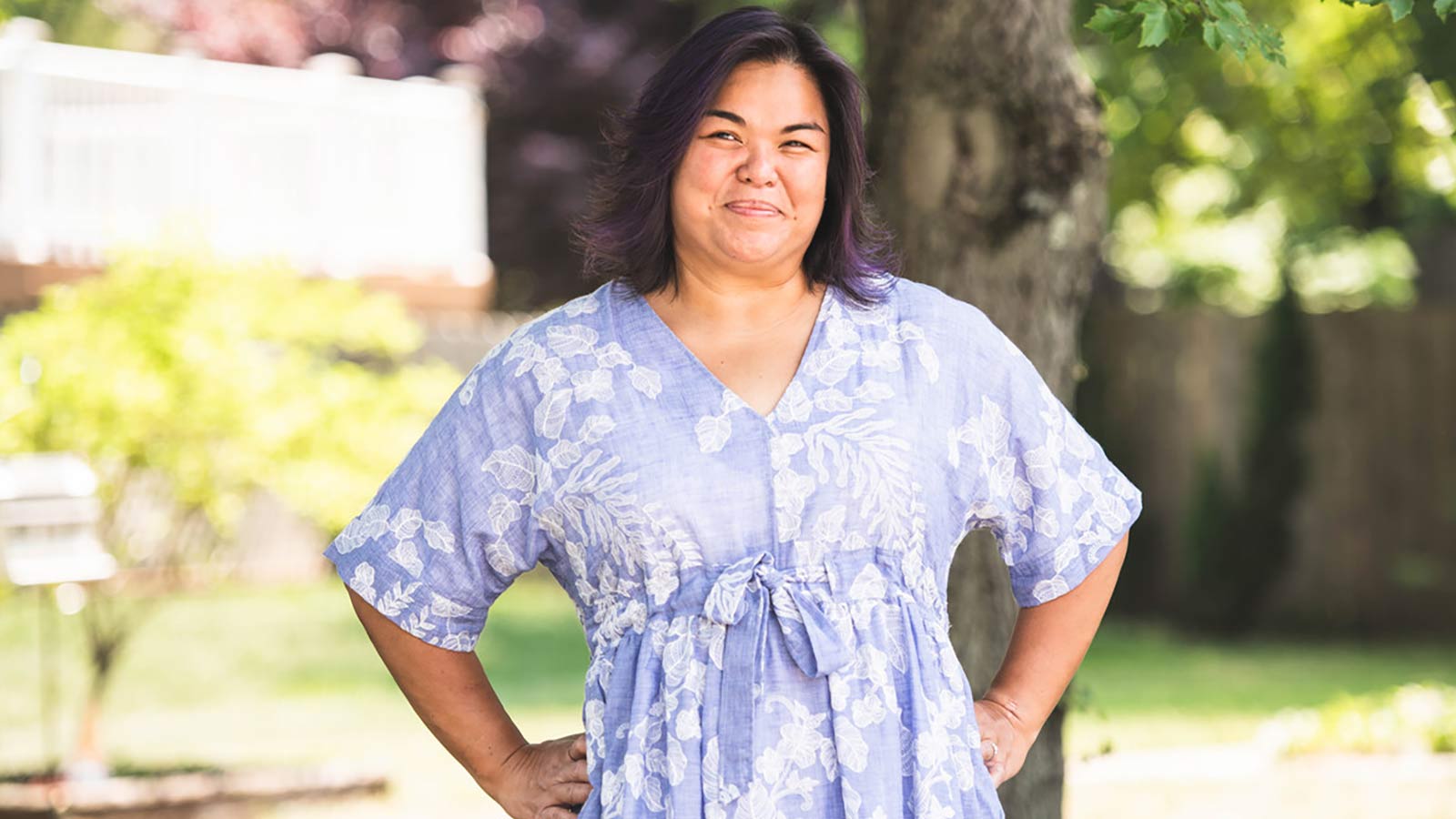
Is This the Right Time in Your Life for Bariatric Surgery?
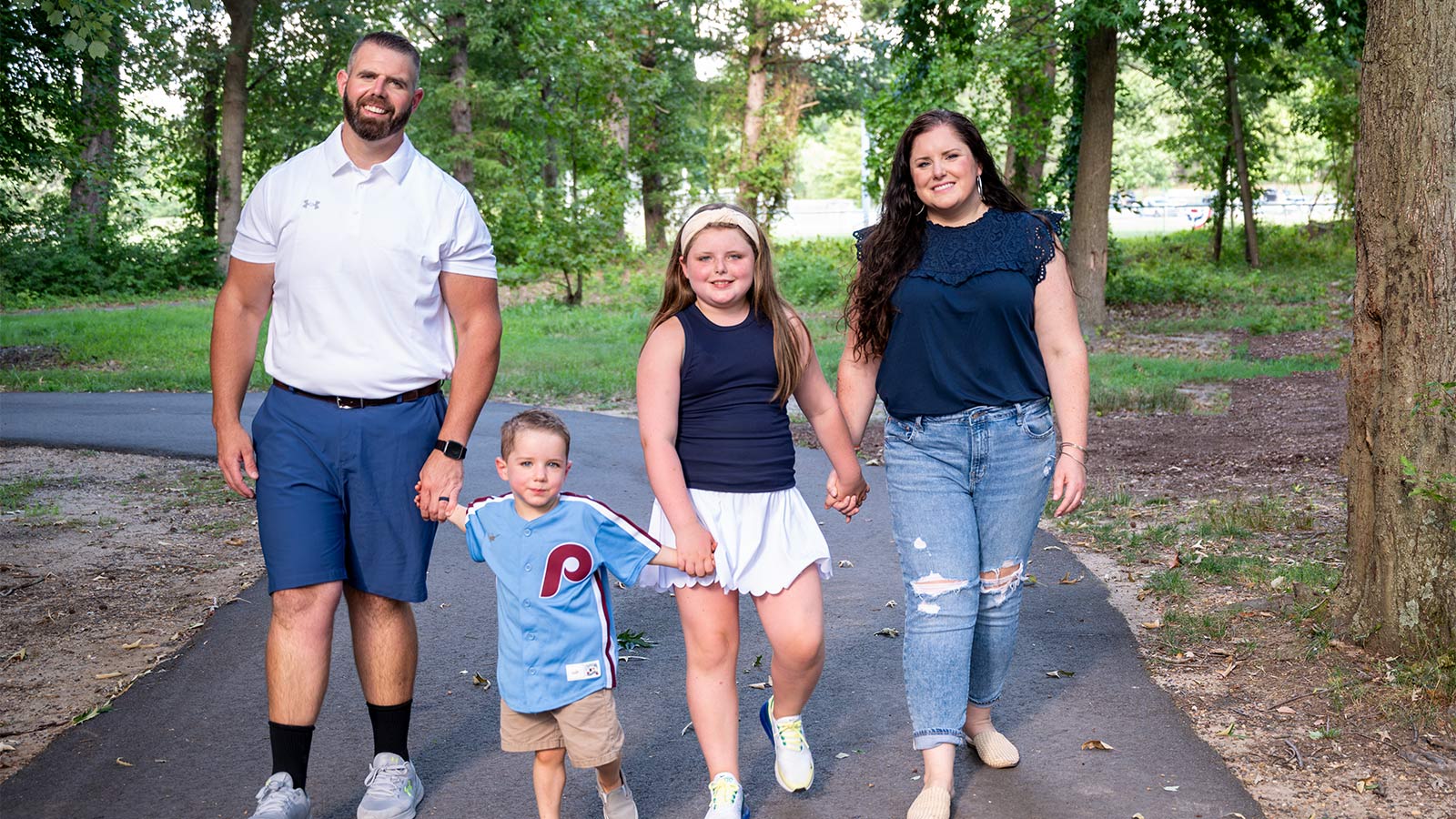
All for Bear: Dan Loses Weight to Be His Son’s Kidney Donor

Forget Dieting: Find Your Eating Pattern

